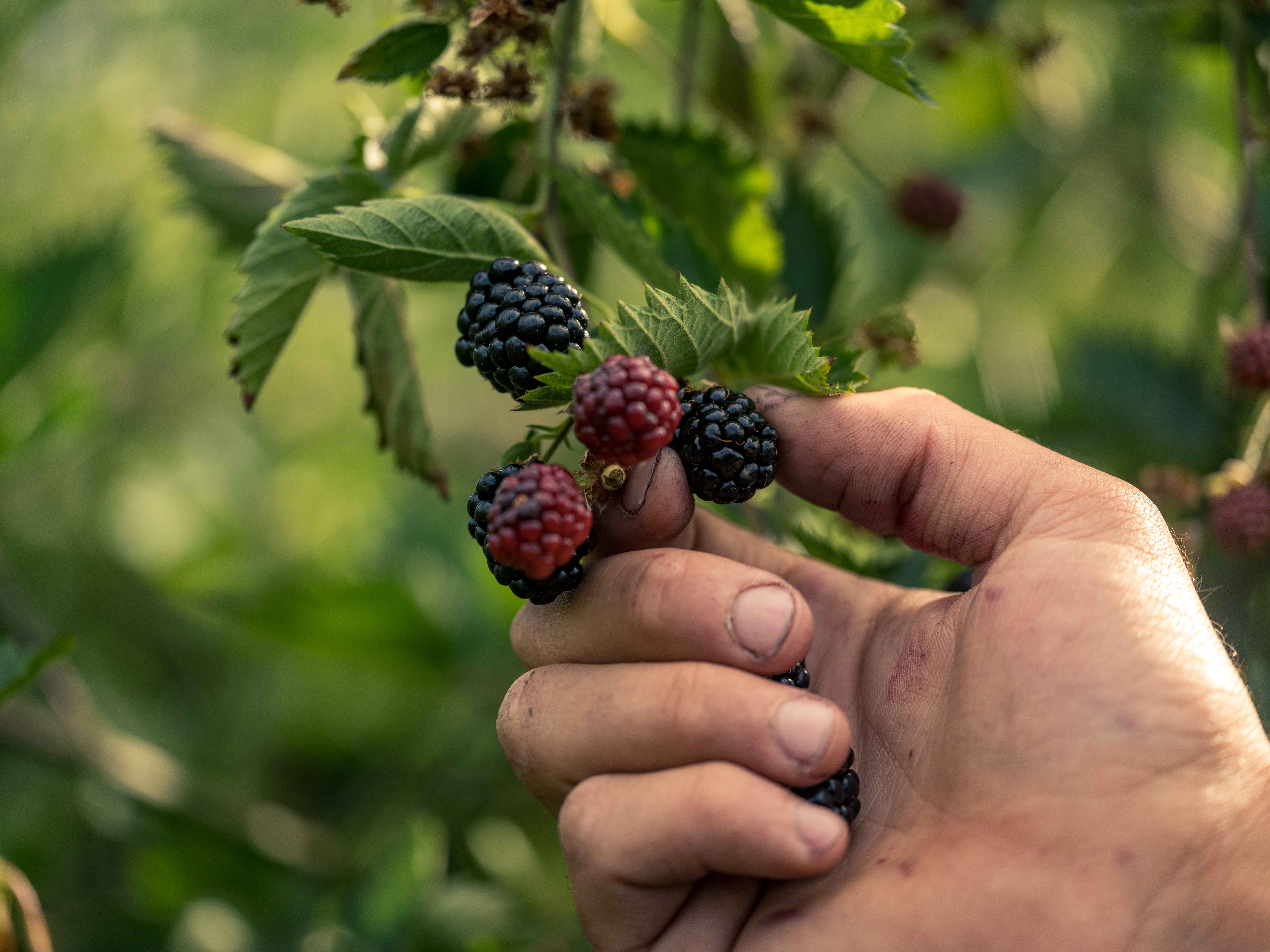Working the harvest
Working hours
When the crop is ready for harvest, the farmer will expect high productivity, and may even ask you to work for 6–7 days per week. However, in agricultural regions with limited tourist activities, it can be to your advantage to fit the maximum number of hours per week so that you can get back to traveling as soon as possible. The weeks tend to go by more quickly when you work every day…so why not?
Working hours may vary between businesses and crops. Work hours for summer harvesting activities start early in day, often around 6.30am when temperatures are cooler. These activities may finish by 2pm, or may continue as late as 5pm.
Spring, autumn and winter work activities begin after the sun has risen and temperatures warmed up a little, typically starting around 8 or 9am. These workdays usually run until 4 or 5pm.
Remember that these jobs require a good level of physical fitness, as they will use muscles you did not even know existed!
Nevertheless, this type of work is accessible for most people. Everyone can find their niche in this kind of job, as long as they have willpower and stamina.
Salary terms and conditions
Pay rates vary according to the farms and the different types of jobs. They can be paid weekly, by the hour, or by production (e.g. per basket, per tree, per punnet). Employers pay pickers every week or every 2 weeks.
We would advise you to ask about payment before starting and if the amount is not fixed to ask for an approximate range.
When the pay rate is based on your productivity, don’t be surprised if you do not earn as much as you had hoped in your first pay packet, but persevere so that you will get more next time.
Getting to and from work
Public transport options in regional Tasmania are limited, so it is usually easier to find a job when you can provide your own car, or when you are travelling with others who you can help you travel to and from the worksite. For information on license requirements for overseas visitors, visit www.transport.tas.gov.au/licensing/newtotas.
On-site accommodation
Caravans, tents or rooms may be offered to pickers as part of their work package. If this is not the case, the best solution is to live in caravan parks or backpacker hostels nearby, or to bring your campervan to the property.
Some farms provide kitchens and laundry (washing machines and dryers) for their employees. Find out in advance about the facilities on the farm and how much you will be charged for their use.
Adequate clothing
Most seasonal labour activities take place outdoors in regional areas of Tasmania. Tasmanian weather conditions can be variable and change quickly, so it is advisable to pack a change of clothes for all seasons.
Make sure you have plastic boots, trousers, and long sleeved t-shirts to protect you from insects, scratches from tree branches and from sunburn.
A hat is essential as it covers the back of your neck, your forehead and face. A rain jacket could be useful (sometimes supplied by your employer). Also remember to bring bottles of water, sunscreen and insect repellent so you can stay calm even when under attack!
